HIV in Indonesia: On shared trauma, global solidarity and grief
By: Beau Newham
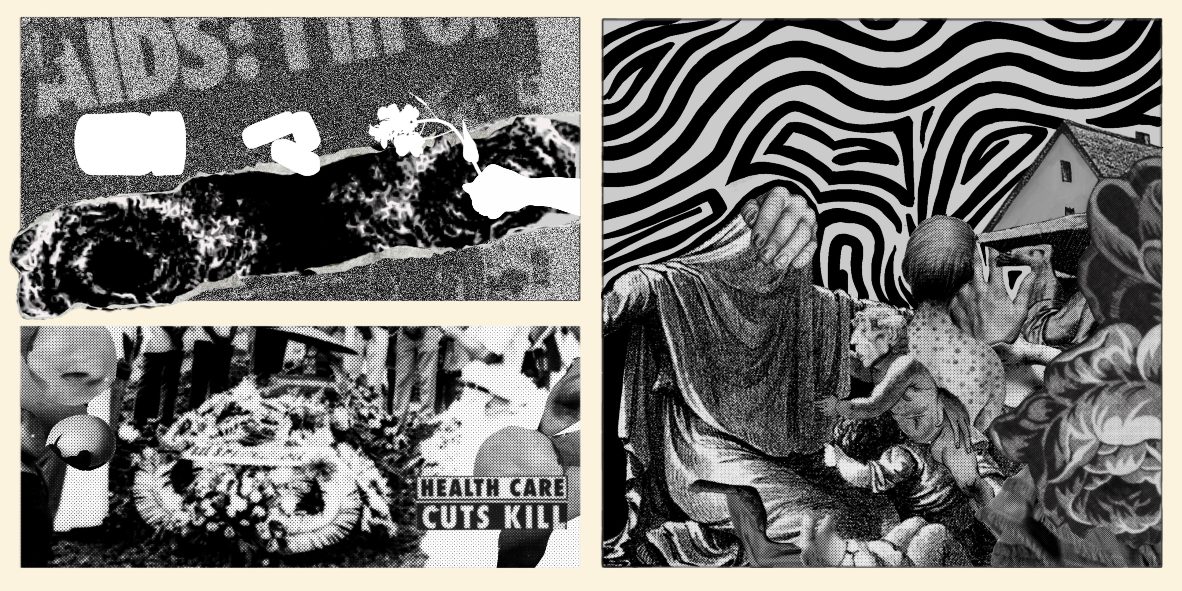
In the second year of the COVID pandemic, a friend died from AIDS.
After reading this news, I sat for a long time in the stillness of my bedroom. That room had become my entire world during yet another city-wide lockdown in Melbourne. At the time, my phone screen had become my only portal to Indonesia, the home I had known before the pandemic.
I was left with an unspeakable sadness. How do we talk about, and how do we grieve, deaths from AIDS in 2022?
All images by: Sidhi
In the last photos I saw of him, my friend was unrecognisable. Gone was the well-dressed man I would see at house parties, the one who would give a quizzical look from across the room.
Instead, these photos showed someone frail, a man so skinny he was barely able to hold his own weight. His knowing look was gone, instead the eyes staring into the camera were glazed over and dull. In the photos, his family lovingly cared for him.
The man who once shared his story to the world through art and poetry could only have his final stories told by those closest to him. His family bravely shared these moments on his Instagram account – allowing everyone who had been touched by him to share in their love and grief.
My friend passed away a few weeks after the photos were taken. He was 32.
After half a decade living and working in HIV and sexual health in Indonesia, these are the photos that have stuck with me. Not because they were the first photos I had seen of someone I knew in the late stages of AIDS, but because I realised it was the first time I had seen photos of a person being cared for by their family.
It’s confronting to see firsthand that young people are still passing away from AIDS, but it’s another thing entirely to know that so many of them are dying ostracised from their loved ones.
Their last moments are in hospital wards far from the places they were born. Their last human touch is from a nurse whose hands are covered by two pairs of gloves, ‘just in case’.
Until I lived in Indonesia, these were situations that I had only ever heard about in the past tense, as tragedies to be remembered, lest they be repeated. I never expected to experience them firsthand. And I certainly never thought it would become a regular occurrence during my time working in the HIV sector.
When I saw those photos of my friend on what would be his deathbed, it had been less than six months since someone else I knew had died from AIDS.
This happened in the first year of the COVID pandemic, and like so many who lost people during that time, I watched all of his last moments through my phone – the isolation and distance of our newest pandemic superimposed onto the one before it.
The previous year, it was a work colleague and a friend’s boyfriend who had died. And the year before that, I lost three more friends.
AIDS-related deaths were a constant throughout my time living in Indonesia. Some were friends. Some were acquaintances. All of them were young. Their deaths were as devastating as they were avoidable.
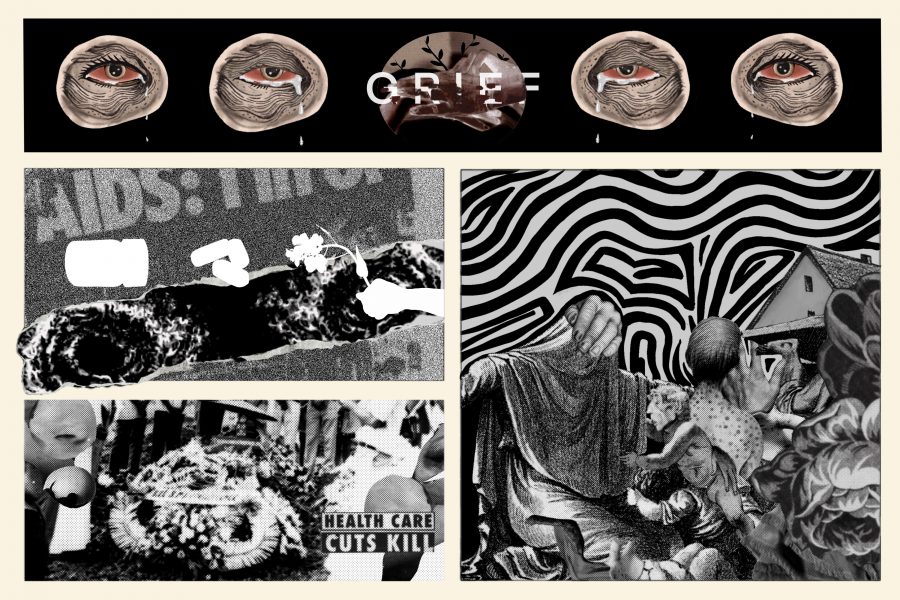
HIV is something that is intrinsic to my own personal story, and it’s the stories of others in the community that continue to drive my work in this sector.
Over the last two years, I’ve been fortunate to work alongside the team at the Queer Indonesia Archive, recording and documenting the histories of the early community responses to HIV in Indonesia. It’s a long, inspiring and complicated history, and an ongoing effort held by some of the smartest, most hard-working and passionate people I have met.
These are some of the most resilient communities I’ve had the honour of working with: people who have stared down almost four decades of death and devastation from HIV, and who continue to fight for and support the most marginalised members of their communities.
Despite all this, it hasn’t been enough to stop deaths from HIV. In 2020, an estimated 34,000 people died due to HIV in Indonesia.
This is a figure that leaves me numb.
I can’t comprehend that level of loss, grief and death. I have heard the hurt and felt the loss in our Australian communities from the almost 7000 people we lost to AIDS throughout the 80s and 90s.
We lost leaders, artists, activists, lovers… and the holes left by their losses are still felt today. How do communities continue the fight when the deaths don’t stop? How does a community process that much loss? The questions only grow when we zoom out to the wider Asia-Pacific region and see that an estimated 140,000 people died due to HIV in 2021.
Since moving back to Australia, I’ve had the privilege to work every day with people living with HIV (PLHIV). These are healthy, dynamic, creative, vibrant people who are working so hard to shake off the stigma that has followed them from the 80s and 90s.
Someone passing from AIDS in Australia is so unheard of that we often need to be reminded not to forget the trauma and loss that long-term HIV positive people have faced.
Death has become a history to be remembered.
When discussing the challenges of Indonesia’s HIV response with my Australian colleagues, I often hear a sentiment that “the situation there is XX years behind”. There’s a feeling that the struggles elsewhere are a game of inevitable catch-up.
But if the COVID pandemic has taught us anything, it’s that ‘progress’ isn’t inevitable. Things can get worse. Our successes are fragile, and can only be sustained through vigilance, community and solidarity.
From watching the work and activism of my former colleagues and friends over the last two years, I also know that countries like Indonesia aren’t living in the past. They are fighting in the present.
They are contending with medication shortages caused by COVID-disrupted supply chains.
They are working to engage with communities expressing growing distrust of medical institutions and medications.
They are struggling to share accurate health messaging in a media landscape flooded with misinformation and scare tactics.
They are fighting to obtain viral load tests, for their right to parenthood and breastfeeding, and to access sex work, health care, employment, migration and education.
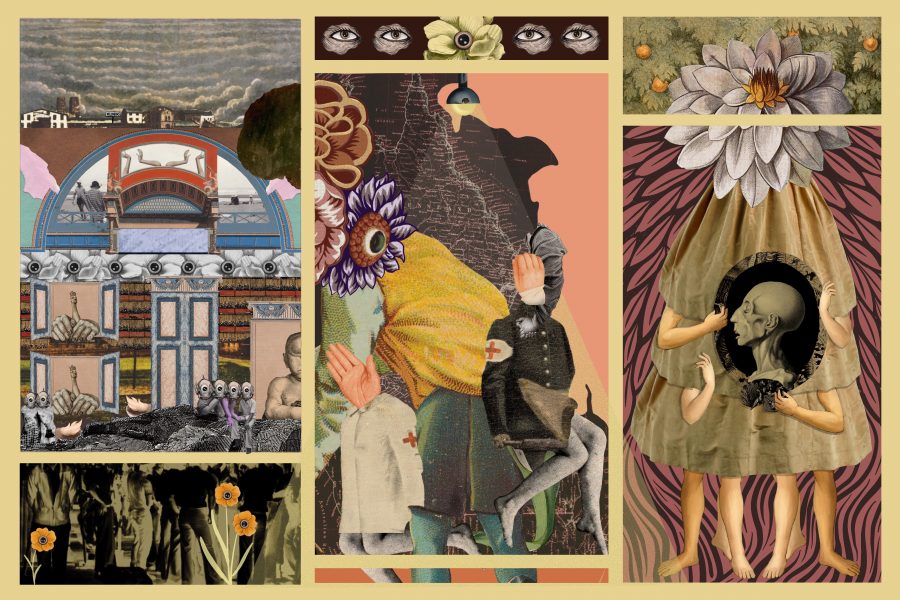
I’m proud to be part of a long history of regional solidarity between the Australian HIV movement and our regional neighbours. From the beginning of the HIV movement, there have been acts of cross-regional knowledge sharing, financial solidarity, and support.
However, as the gap continues to grow between the experiences of HIV in Australia and the rest of our region, we need to ensure that our history of solidarity doesn’t end alongside the calls for ending HIV by 2030.
We have already seen the impact of this growing gap. HIV funding in our region is decreasing, and Australia’s aid budget is at an all time low, with a disproportionate impact on the marginalised communities most affected by HIV.
These challenges threaten the sustainability of the longstanding community responses in our region, and we are all the poorer for it.
By strictly viewing HIV in domestic terms, we risk relying on policies that harden our borders and ostracise people with HIV. Far too often racist border policies have been the false answer in Australian responses to global crises.
For the HIV sector in particular, COVID has shown us what we already knew – that no pandemic can end at the domestic level.
Sitting alone in my room, in a locked down city of a country with closed borders, the images of my friend’s death reminded me of the ongoing realities of HIV.
My friend’s family, through sharing those images of care and loss, were able to reach out and hold his hand for all of us. Their photos of him at the end of his life acted as an invitation to grieve him, and to feel their love for their son. Their brother. My friend.
It is a moment taken to say quietly but firmly that his life mattered – that his death matters.
Pandemics transcend borders. Their impact creeps into our lives even when we’re locked away – be it in our rooms, or within our country.
When I read of the 34,000 deaths due to HIV in Indonesia, it reaches the limits of my capacity to imagine loss. However, it is a number that begs us to try. To remind ourselves that each one was a person we have lost. That each one of them mattered.
The failed early responses to HIV dehumanised those who were living and then dying with HIV. In contrast, our greatest successes were born out of the refusal to be dehumanised.
Our communities demanded an approach that centres people living with HIV. An approach that refuses to have us reduced to passive populations, victims or patients. As the HIV pandemic shifts away from countries with economic and political power, the urgency of this struggle returns.
Regardless of the anticipated success of Australia ending HIV transmissions by 2030, this will only be one small step in a much larger struggle in our region.
It’s a struggle that our communities have been a part of since the beginning of the global spread of HIV, and a legacy I hope we can continue.
Beau Newham (He/Him) works at the intersections of archiving, memory activism and community on Wurundjeri land in Brunswick. Within Australia he works as a peer navigator with Living Positive Victoria, and at the national PLHIV body NAPWHA. He is the co-founder of the Queer Indonesia Archive.
Sidhi (He/Him) is a freelance illustrator and art programmer based in Ubud, Bali.



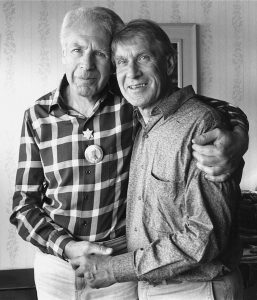

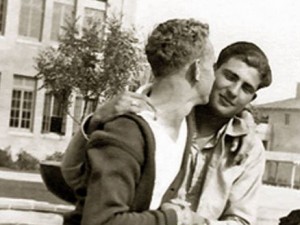

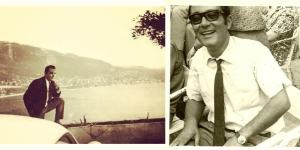






G’day, Together with my 2nd wife, we used to operate the HIV Refuge here in Rockhampton from our 2 story home. When we moved out to our then Farm, the refuge moved with us. There were times of great joy, and hard sadnesses, but it’s the volunteer work which we did that helped get people through. I personally still counsel GLTB people here as a private volunteer.